.
|
|
Indice-Animais |
|
|
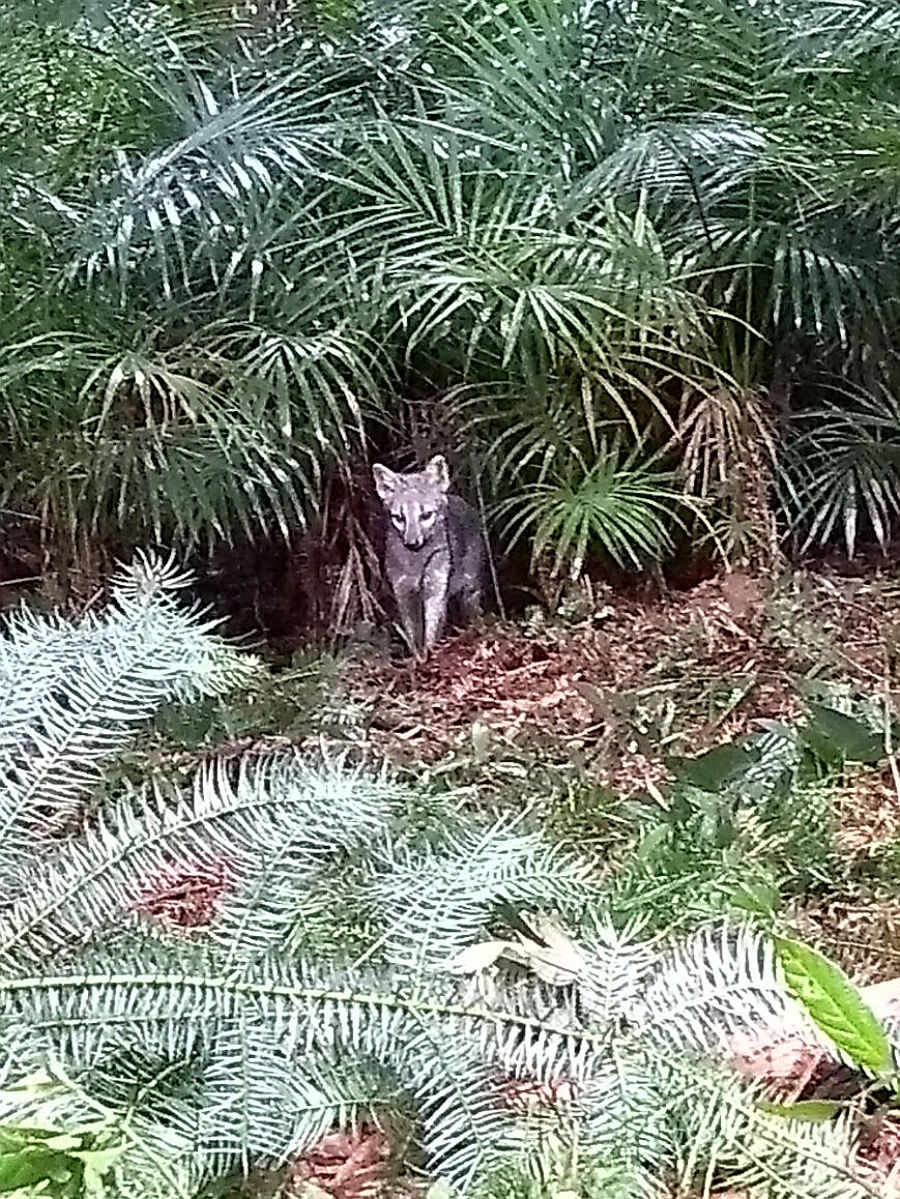
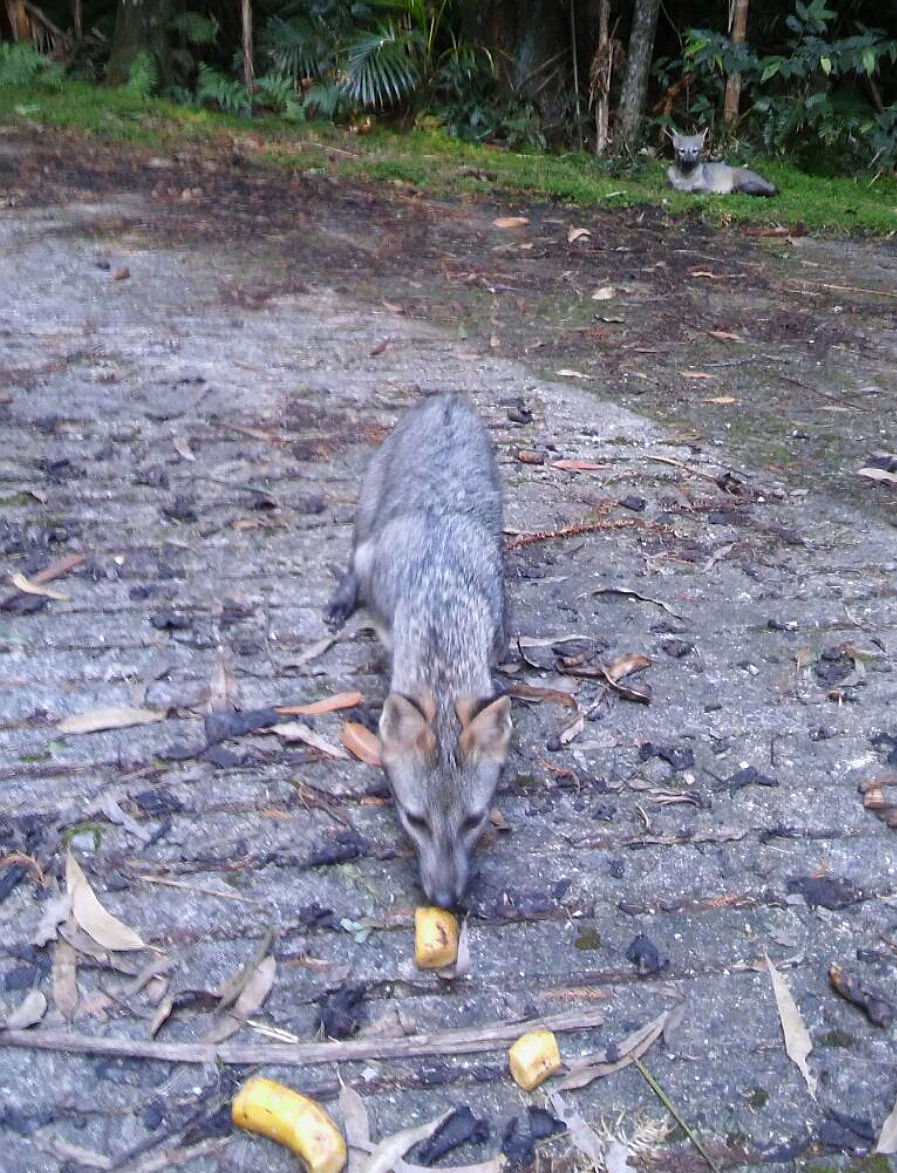
| Brazilian-FOX
Found : Northeast, Midwest, southeast and south of Brazil; some countries in North America and Africa; parts of Uruguay, Paraguay, Argentina and Bolivia. Synonyms Dusicyon thous - The in Brazil so called "Wood-dog"[Cachorro do mato] (scientific name: Cerdocyon thous) also called guaraxaim, guaxite or gaxite, is a mammal of the Canidae family, widely distributed in South America. They are also known by the names of aguaraxaim, graxaim, lobinho, fox-da-caatinga, fox-dog and lobete.[2] considers that its closest relative is the dog-do-mato Short-eared. - These animals measure approximately 65 cm in length. Average weight varies between 5 to 8 kg. With a light gray coat of yellowish base, and black dorsal range, which extends from the neck to the tip of the tail. Are omnivores and opportunists, and their diet consists of fruits, eggs, arthropods, amphibians, reptiles, small mammals, crustaceans in the rivers, and carcasses of dead animals.[2] - Their habitat encompasses diverse environments. During the rainy season, go to higher areas, while at times more dryer seasons they move to lower. Are solitary hunters, and this only changes eventually during the breeding season. Have nocturnal habits, and are more active at sunrise and sunset also during the night. - Distribution and habitat The "Wood-dog" occurs in various habitats ranging from savanna (cerrado), subtropical forests, thorny forests of cactus, shrubby forests, caatinga , plains and fields. It is distributed by part of Colombia and in the south of Venezuela , in northern Paraguay, Uruguay and northern Argentina, and in most of Brazil (northeast, central-west, east, south, and parts of the north). The "Wood-dog" has also been sighted in Panama since the year 1990. - Their habitat also includes wooded margins, such as riparian vegetation. Its habitat covers all the environments, except for tropical forests, high mountains and open grasslands. In some regions of its occurrence, they are threatened and may disappear. - Playback the Cerdocyon thous has a pregnancy between 52 to 59 days generating 3 to 6 kittens per litter with an average weight between 120-160 grams. The adult female gives birth to one or two litters per year, and the pair of reproduction is monogamy. Being a tropical animal reproduction does not have certain times of the year fixed for reproduction, and happens twice per year. The reproductive period most often begins in November or December, and again in July. The birth of the offspring follows after a gestation period of about 56 days.[3]Northeast, Midwest, southeast and south of Brazil; some countries in North America and Africa; parts of Uruguay, Paraguay, Argentina and Bolivia.Northeast, Midwest, southeast and south of Brazil; some countries in North America and Africa; parts of Uruguay, Paraguay, Argentina and Bolivia. Https://pt.m.wikipedia.org/wiki/Cerdocyon_thous
|
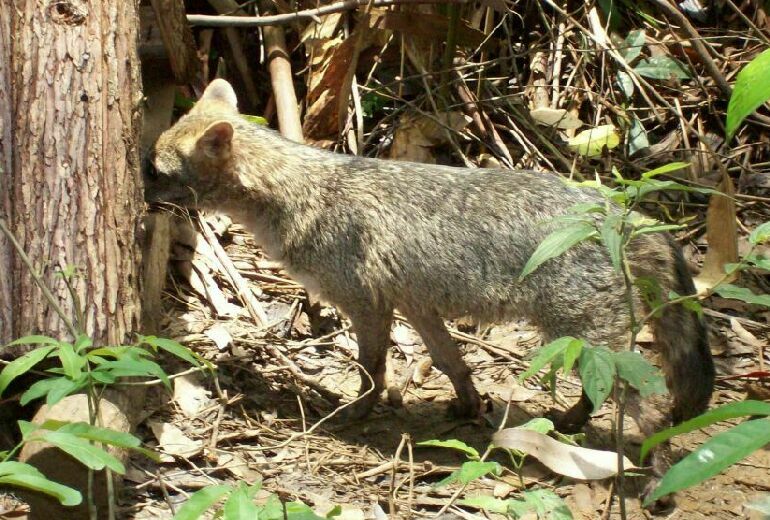
| As raposas são
mamíferos da família dos canídeos, sendo a
maioria pertencente ao género Vulpes (alimentação baseada
basicamente de carne de outros animais). Alimenta-se,
principalmente, de aves, pequenos roedores, coelhos,
peixes, ovos, frutos e insetos.O grupo está bem
distribuído geograficamente e inclui numerosas
espécies - designado vulgarmente "Cachorro do Mato" |
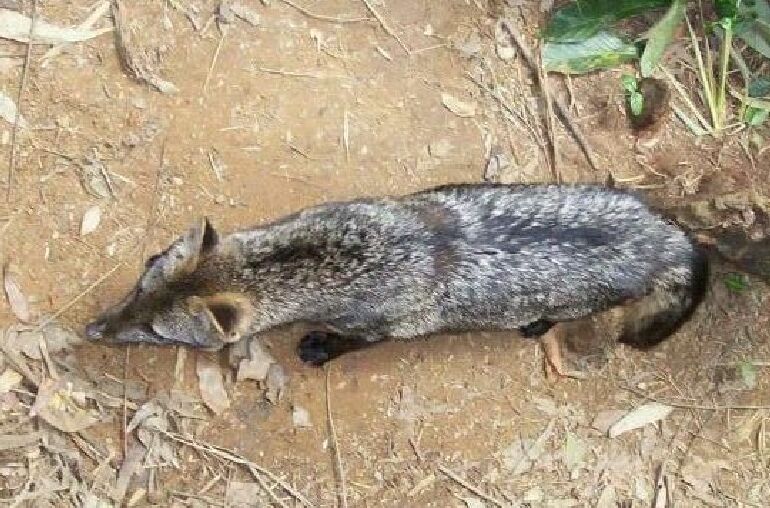
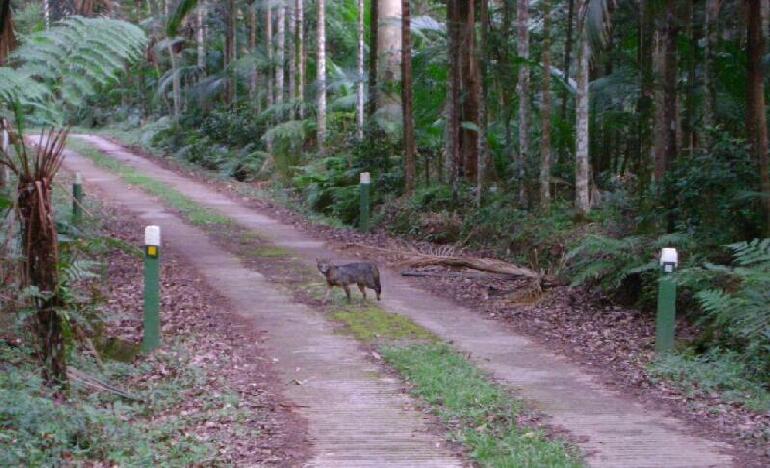

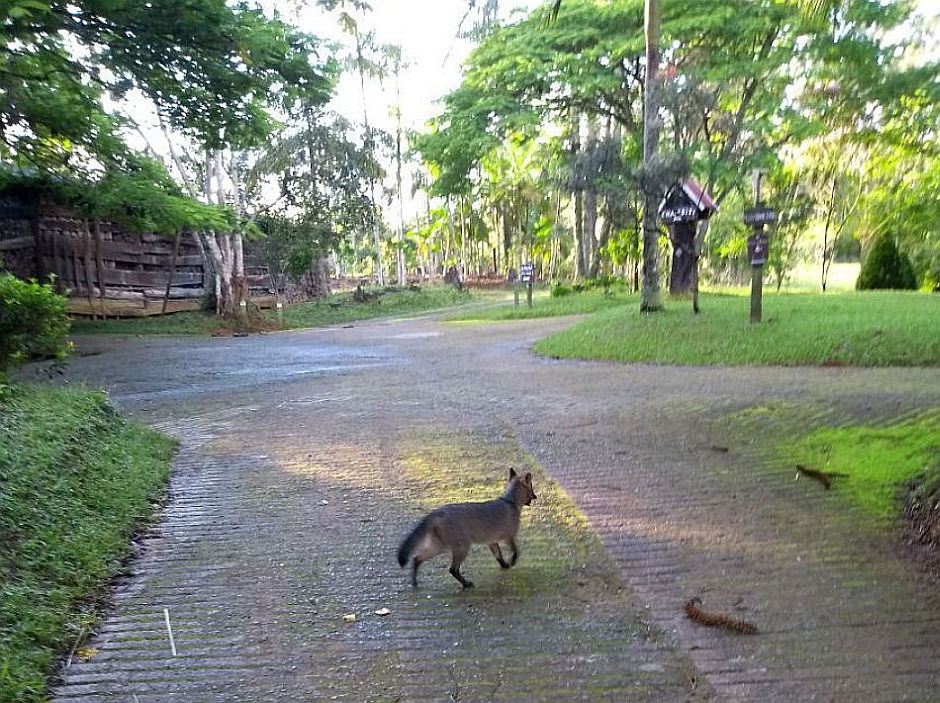
| Proximo | Indice-Animais |
|
|